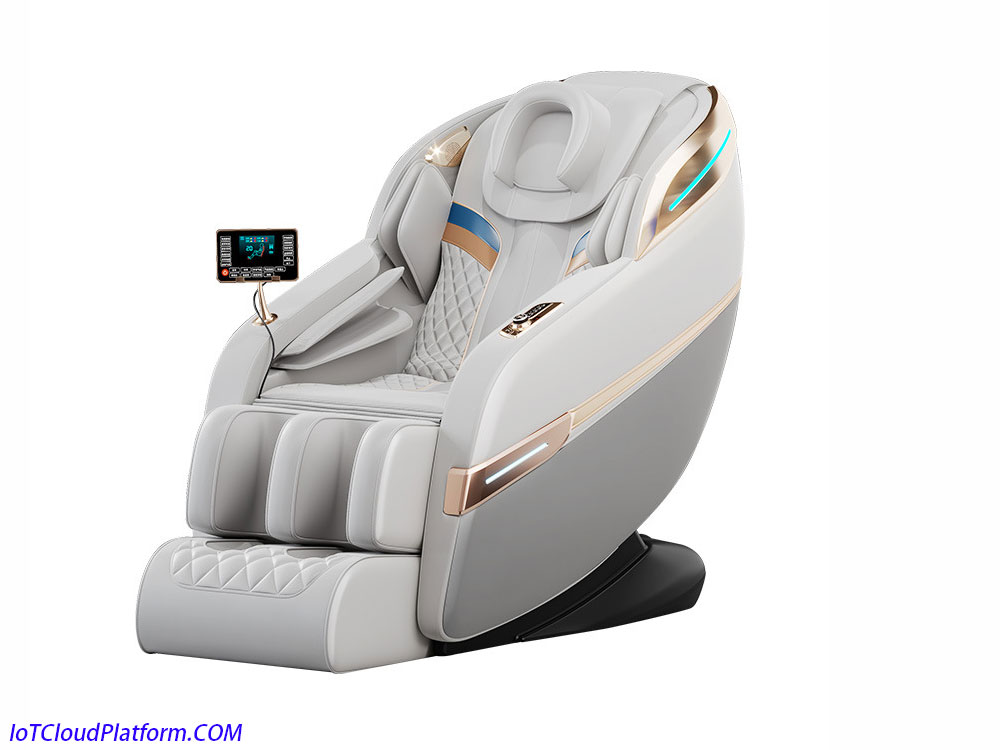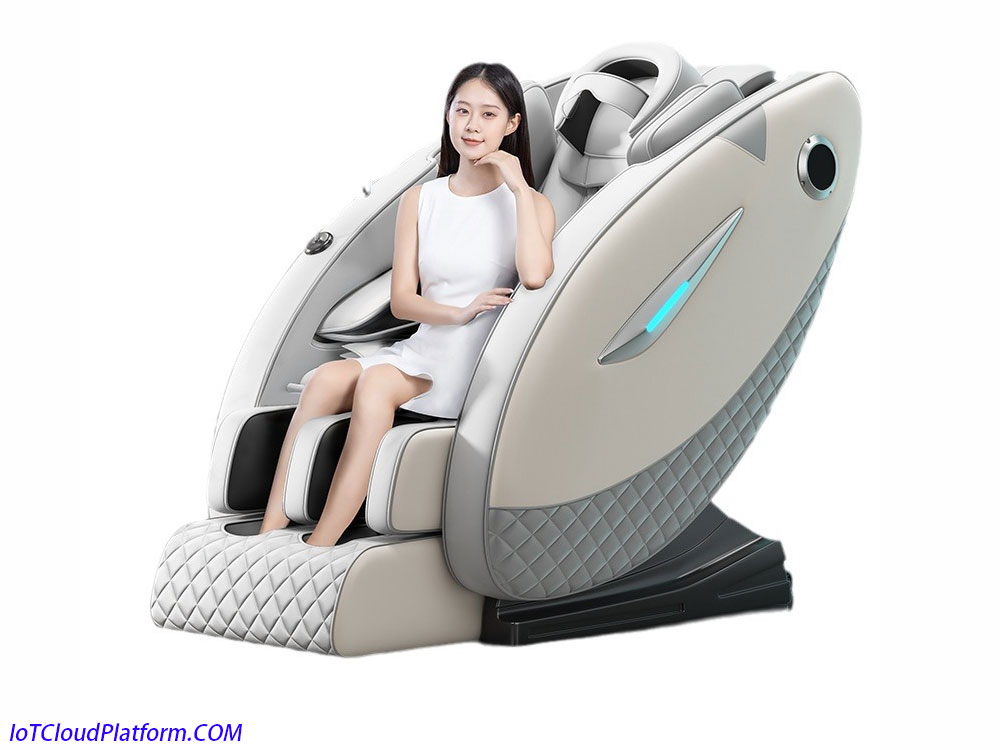
Application of IoT in Shared Massage Chairs
The application of IoT in the field of shared massage chairs is a model that combines modern technology with traditional massage skills.
It not only provides users with a more convenient and personalized service experience, but also brings efficient operation and maintenance management and data analysis support to operators.
The following IoT cloud platform (blog.iotcloudplatform.com) introduces the application of IoT in the field of shared massage chairs in detail.
Overview of IoT technology
The Internet of Things (IoT) is based on communication networks such as the Internet and mobile communication networks. It uses intelligent objects with perception, communication and computing capabilities to automatically obtain various information from the physical world, interconnect all independently addressable physical objects, achieve comprehensive perception, reliable transmission, and intelligent processing, and build an intelligent information service system that connects people and things, and things and things.
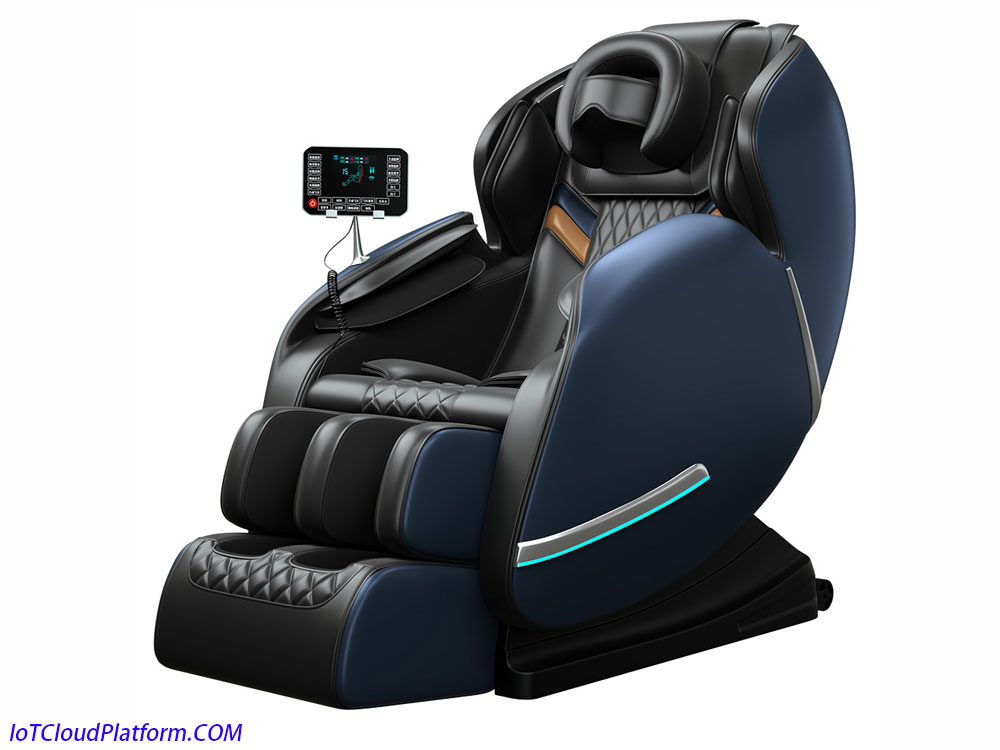
The architecture of the Internet of Things is mainly composed of the perception layer (perception control layer), the network layer, and the application layer.
In the field of shared massage chairs, the application of IoT technology is mainly reflected in the following aspects:
Intelligent perception and data acquisition:
Through various sensors, such as pressure sensors, temperature sensors, etc., the use status of massage chairs, user body data and other information are collected in real time.
Reliable transmission:
Use communication technologies such as IoT cards to achieve real-time data exchange between massage chairs and cloud servers, ensuring the accuracy and timeliness of information.
Intelligent processing and application:
The cloud server processes and analyzes the collected data to provide users with personalized massage services, while providing operation and maintenance management and data analysis support for operators.
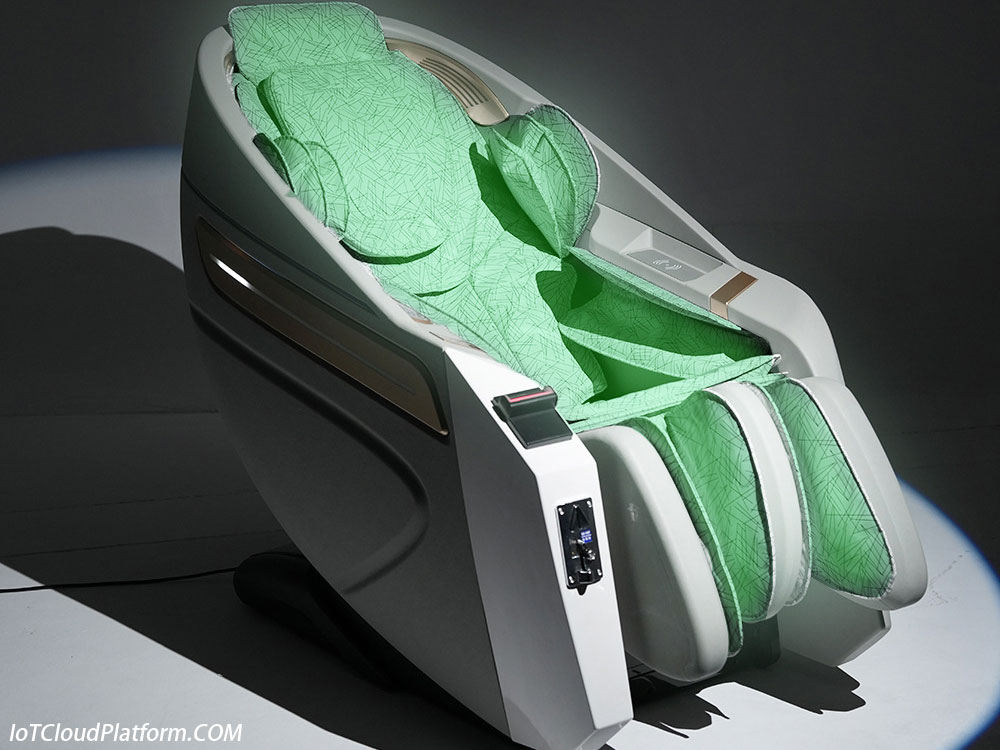
Specific applications of IoT in shared massage chairs
Intelligent control
IoT technology enables shared massage chairs to achieve intelligent control. Users only need to scan the QR code on the massage chair to select the massage program, adjust the massage intensity and time through the mobile phone APP or WeChat applet. The IoT card instantly transmits the user’s operating instructions to the massage chair control system for precise control. At the same time, the massage chair can also intelligently recommend suitable massage plans based on the user’s body data and preferences, making each massage more intimate and effective.
Remote monitoring and management
IoT technology provides operators with the ability to remotely monitor and manage massage chairs. Through the IoT platform, operators can view the usage, power status, fault alarm and other information of each massage chair in real time. Once a device failure or maintenance is found, the operator can respond quickly and arrange professionals to handle it, reducing user dissatisfaction and revenue loss caused by equipment failure. In addition, IoT technology can also help operators analyze user behavior data, providing strong support for optimizing service layout and improving user experience.
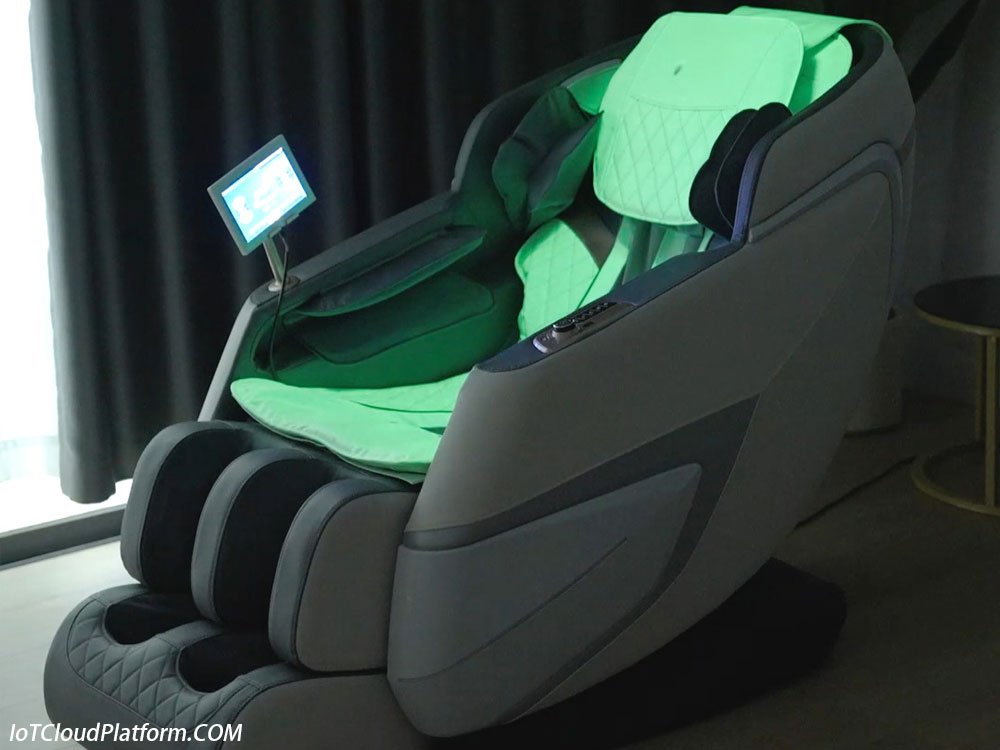
Data transmission and security
As a bridge connecting the physical world and the digital world, the IoT card gives shared massage chairs powerful data transmission capabilities. Each IoT card has an independent identification code, which enables real-time data exchange between the massage chair and the cloud server through wireless communication networks (such as NB-IoT, 4G/5G, etc.). During the data transmission process, the IoT card uses encrypted transmission technology to ensure the security and integrity of user data. At the same time, operators will strictly abide by relevant laws and regulations, anonymously process and encrypt the collected user data, and protect the personal privacy rights of users.
User experience optimization
The application of IoT technology has also greatly improved the user experience of shared massage chairs. By optimizing the mechanical structure and material selection of massage chairs, the accuracy and comfort of massage can be improved. For example, optimize the distribution of massage heads and massage methods, use softer and more breathable materials, and increase the fit of seat cushions and backrests. In addition, IoT technology can also realize adaptive adjustment of massage chairs, automatically adjusting the massage intensity and mode according to the user’s body data and preferences, providing users with a more personalized service experience.
Practical application of IoT technology in shared massage chair projects
The following is a typical practical application case of IoT technology in shared massage chair projects, including project structure, module design, and specific implementation steps.
Project structure
A typical IoT product, such as a commercial smart massage chair, generally consists of four major parts: smart hardware, cloud platform, control terminal, and background management system.
Smart hardware:
Used for data collection, transmission and control, access to the IoT cloud platform through wired/wireless networks. In the massage chair project, smart hardware usually includes ARM industrial computers, sensors, etc.
Cloud platform:
That is, the device access platform, which is responsible for controlling the access and security of the device, and connecting the data flow of smart devices and cloud services. The cloud platform generally adopts an open standard access protocol with extremely high scalability and flexibility.
Control terminal:
Based on scenarios such as WeChat/APP, provide users with corresponding services. In the massage chair project, the control end is usually the user’s mobile phone or tablet. The user scans the QR code on the massage chair to enter the purchase interface, select the massage package and complete the payment.
Backend management system:
It is divided into the equipment management platform and the operation service platform. The equipment management platform is mainly responsible for equipment access management, equipment operation monitoring and other tasks; the operation service platform is built according to different roles and operation needs to meet the demands of different roles such as operators, operators, and franchisees.
Module design
Smart hardware module:
Smart hardware is an indispensable part of the Internet of Things field and is the foundation and basis of the Internet of Everything. In the massage chair project, the smart hardware module includes the control motherboard, sensors and other components of the massage chair, which are used to collect the use status of the massage chair and the user’s body data, and transmit these data to the cloud platform through the wireless network.
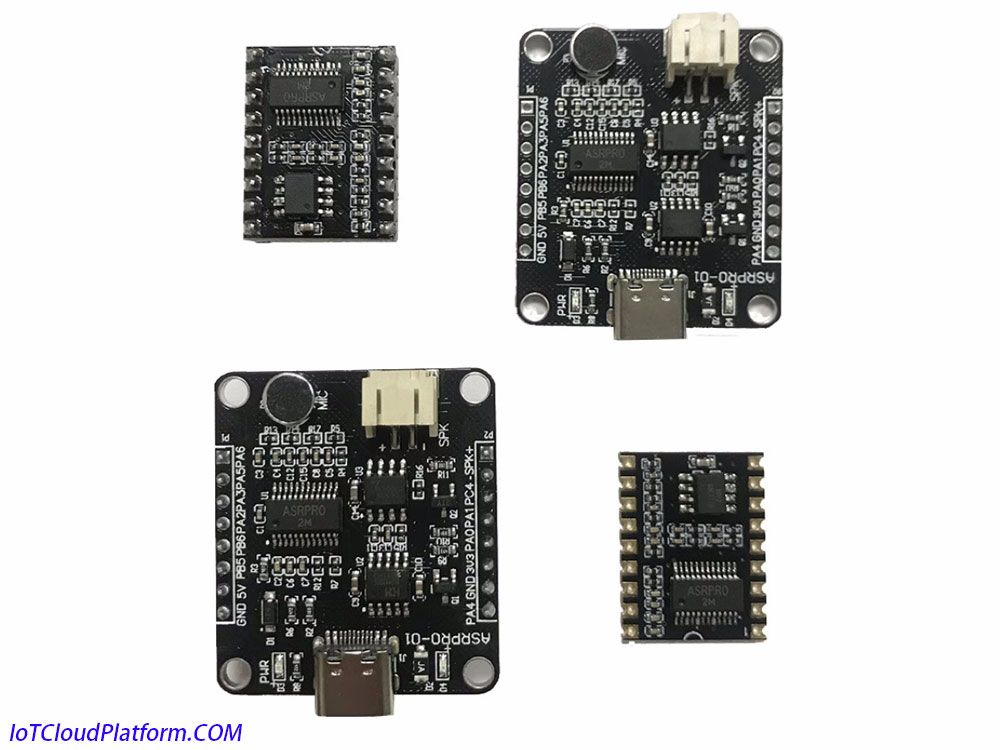
Cloud platform module:
The cloud platform module is responsible for controlling the access and security of the equipment, and connecting the data flow of smart devices and cloud services. In the massage chair project, the cloud platform module adopts an open standard access protocol, supports the access of equipment from different manufacturers and different models, and can serve different business applications. The cloud platform module also has extremely high scalability and flexibility, and can continuously adjust its own logic as business scenarios change.
Control end module:
The control end module is the entrance for users to interact with massage chairs. In the massage chair project, the control end module is usually a user interface developed based on scenarios such as WeChat/APP. Users enter the purchase interface by scanning the QR code on the massage chair, select a massage package and complete the payment. The control end module also has the ability to remotely control the device. Users can view the use status and remaining time of the massage chair in real time on their mobile phones.
Background management system module:
The backstage management system module is divided into two parts: the equipment management platform and the operation service platform. The equipment management platform is mainly responsible for equipment access management, equipment operation monitoring and other tasks; the operation service platform is built according to different roles and operation needs to meet the demands of different roles such as operators, operators, and franchisees. In the massage chair project, the backstage management system module can help operators view the use status, power status, fault alarm and other information of each massage chair in real time, and realize remote monitoring and scheduling.
Specific implementation steps
Requirement analysis:
First, it is necessary to conduct an in-depth analysis of user needs to understand the user’s use scenarios, functional requirements, and price sensitivity of massage chairs. This helps determine key parameters such as the location of massage chairs, massage methods, and charging standards.
Hardware selection and integration:
Select appropriate intelligent hardware components, such as ARM industrial computers, sensors, etc., based on the results of the demand analysis, and perform integration and debugging. Ensure that the intelligent hardware can stably collect the use status of the massage chair and user body data, and transmit these data to the cloud platform via wireless networks.
Cloud platform construction and configuration:
Build a cloud platform and configure relevant parameters to ensure that the cloud platform can safely and stably access and manage massage chair equipment. The cloud platform needs to have the characteristics of high availability, scalability, and security to support large-scale device access and efficient data processing.
Control end development and testing:
Develop the control end user interface based on scenarios such as WeChat/APP, and perform testing and optimization. Ensure that the control end user interface is friendly, easy to operate, and can respond to user operation instructions in real time.
Background management system development and deployment:
Develop a background management system and deploy it on the server. The background management system needs to have functions such as device access management, device operation monitoring, and user behavior analysis to support operators’ remote monitoring and management of massage chair equipment.
Project deployment and operation:
Deploy the massage chair equipment to the designated delivery location and conduct on-site debugging and testing. Ensure that the massage chair equipment can operate normally and provide users with a high-quality service experience. At the same time, operators need to regularly maintain and service the massage chair equipment to ensure the long-term stable operation of the equipment.
Challenges and solutions faced by IoT technology in the field of shared massage chairs
Although the application of IoT technology in the field of shared massage chairs has achieved remarkable results, it still faces some challenges and problems. The following is an analysis of these challenges and corresponding solutions.
Data security and privacy protection
The application of IoT technology in the field of shared massage chairs involves the collection and transmission of a large amount of user data. These data include sensitive information such as user’s physical data and usage habits. If these data are leaked or abused, it will pose a threat to the privacy and security of users.
Solution:
- Strengthen data encryption and transmission security: Use encrypted transmission technology to ensure the security and integrity of user data during transmission.
- Strictly comply with relevant laws and regulations: Anonymize and encrypt the collected user data to protect the personal privacy rights of users.
- Establish a complete data security management system: Including data access control, data backup and recovery and other measures to ensure data security and availability.
Equipment failure and maintenance
Shared massage chair equipment needs to run for a long time and withstand the use of a large number of users. This may cause equipment failure or damage, affecting the normal use of users and the operator’s revenue.
Solution:
- Strengthen equipment quality inspection and monitoring: Conduct strict quality inspection before the equipment is put into use to ensure that the quality of the equipment meets the standards. At the same time, remote monitoring and fault warning of equipment are realized through the Internet of Things technology, and equipment failures are discovered and handled in a timely manner.
- Establish a complete maintenance system: Regularly maintain and maintain massage chair equipment, including cleaning, lubrication, replacement of parts, etc. At the same time, establish a rapid response mechanism to ensure that professionals can be quickly arranged to deal with equipment failures.
User experience and satisfaction
The user experience of shared massage chairs directly affects user satisfaction and operator revenue. If the comfort, massage effect and other aspects of the massage chair cannot meet the needs of users, it will lead to user loss and reduced revenue.
Solution:
- Optimize the mechanical structure and material selection of the massage chair: improve the accuracy and comfort of the massage by improving the distribution of the massage head and the massage method, using softer and more breathable materials, etc.
- Provide personalized massage services: automatically adjust the massage intensity and mode according to the user’s body data and preferences to provide users with a more personalized service experience.
- Strengthen user feedback and interaction: establish a user feedback mechanism to collect and process user opinions and suggestions in a timely manner. At the same time, strengthen interaction and communication with users through channels such as social media to improve user satisfaction and loyalty.
Future development trend of IoT technology in the field of shared massage chairs
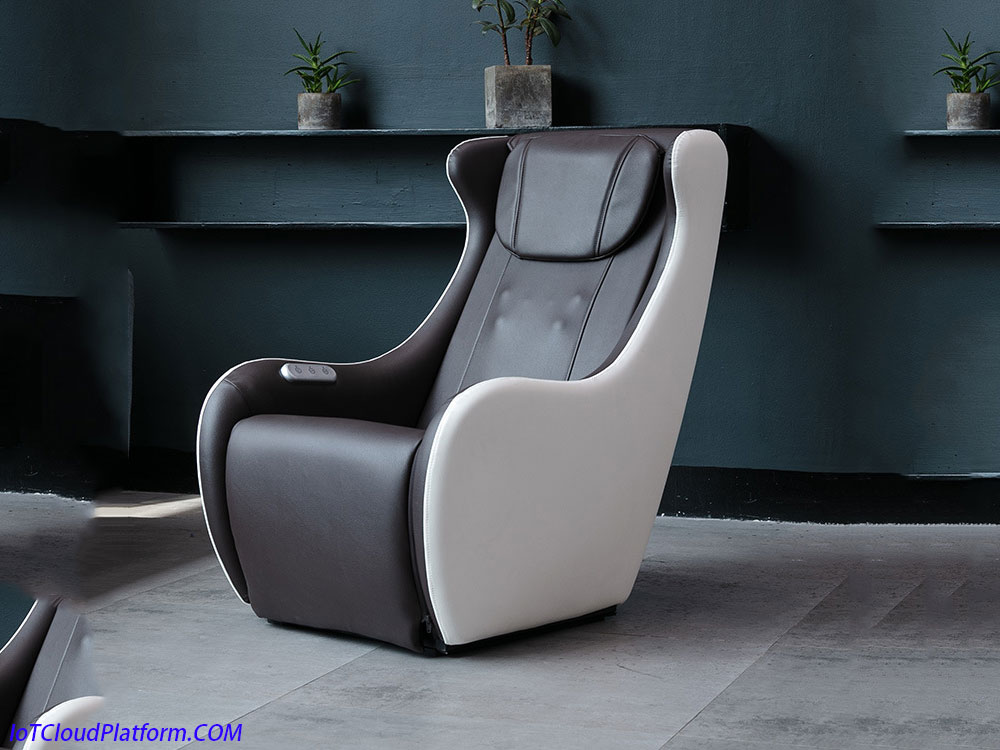
With the continuous development and popularization of IoT technology, the field of shared massage chairs will usher in more innovation and development opportunities. The following is a prediction and analysis of the future development trend of IoT technology in the field of shared massage chairs.
Improvement of intelligent and personalized services
IoT technology will further promote the development of intelligent and personalized services of shared massage chairs. By introducing more artificial intelligence algorithms and data analysis technologies, massage chairs will be able to more accurately identify users’ body data, needs and preferences, thereby providing more accurate and personalized massage services. For example, future massage chairs may use deep learning technology to automatically adjust massage procedures and strengths by continuously learning and analyzing users’ usage habits to achieve the best massage effect.
In addition, IoT technology can also be combined with other smart devices, such as smart bracelets and smart watches, to achieve data sharing and linkage. Users can view their physical condition and massage effects in real time through these smart devices, so as to better understand their health status and adjust their lifestyle.
Optimization of remote operation and maintenance and fault prediction
IoT technology will further optimize the remote operation and maintenance and fault prediction capabilities of shared massage chairs. By introducing more advanced sensors and data analysis technologies, massage chairs will be able to monitor their own operating status and fault conditions in real time, and transmit this information to the operator’s backend management system in real time.
Operators can view the usage, power status, fault alarm and other information of each massage chair in real time through the backend management system, and realize remote monitoring and scheduling. In addition, the system can also use machine learning algorithms to mine and analyze fault data, predict the type and time of possible faults, and thus carry out maintenance and upkeep in advance, reducing user dissatisfaction and revenue loss caused by equipment failures.
Construction of IoT platform and ecosystem
With the continuous development of IoT technology, a complete IoT platform and ecosystem will gradually form in the field of shared massage chairs. This platform will include multiple components such as massage chair equipment, IoT cards, cloud platforms, control terminals, and backend management systems, which will achieve seamless connection and data sharing.
In this ecosystem, operators can remotely monitor and manage massage chair equipment through the IoT platform, and can also conduct business cooperation and data sharing with other partners through the platform. For example, they can cooperate with gyms, shopping malls and other places to put massage chair equipment in these places and provide corresponding services; they can also cooperate with medical and health institutions to integrate and analyze the data of massage chair equipment with the health data of users, and provide users with more comprehensive health management services.
Concern for environmental protection and sustainability
As the world’s attention to environmental protection and sustainability continues to increase, the field of shared massage chairs will also gradually pay attention to environmental protection and sustainability issues. Internet of Things technology can help massage chair equipment achieve more efficient energy utilization and waste management.
For example, the energy consumption of massage chairs can be reduced by introducing energy-saving technologies and intelligent control systems; at the same time, the pollution of massage chair equipment to the environment can be reduced by introducing waste recycling and treatment mechanisms. In addition, the use of massage chair equipment can be monitored and analyzed in real time through the Internet of Things platform, so as to optimize the deployment and layout of equipment and reduce unnecessary waste of resources.
Conclusion
The application of Internet of Things technology in the field of shared massage chairs has brought revolutionary changes to the industry. By achieving the goals of intelligent control of equipment, remote monitoring and management, data transmission and security, and optimization of user experience, Internet of Things technology provides a more efficient, convenient and personalized service experience for the shared massage chair industry.
However, the application of Internet of Things technology in the field of shared massage chairs still faces some challenges and problems, such as data security and privacy protection, equipment failure and maintenance, and user experience and satisfaction. In order to solve these problems, it is necessary to continuously strengthen technology research and development and innovation, while strengthening industry self-discipline and supervision.
In the future, with the continuous development and popularization of Internet of Things technology, the field of shared massage chairs will usher in more innovation and development opportunities. The improvement of intelligent and personalized services, the optimization of remote operation and maintenance and fault prediction, the construction of IoT platforms and ecosystems, and the focus on environmental protection and sustainability will become important directions for the development of the shared massage chair industry.
I believe that in the near future, IoT technology will bring broader development prospects and better service experience to the shared massage chair industry.
IoT Cloud Platform (blog.iotcloudplatform.com) focuses on IoT industry technology research and IoT system solution development. We provide marketing promotion and marketing for various IoT system solutions. If you need IoT product advertising alliance services, please contact us. We have top Google SEO technology to rank your project in the global market.
The Internet of Things Cloud Platform (blog.iotcloudplatform.com) always pays attention to the technology of the science and technology industry, and is committed to the Internet of Things, AI artificial intelligence, cloud computing, big data, blockchain, deep learning, robots, VR/AR, AI simulation technology, motion control, material technology, machine learning, new energy/photovoltaic solar energy/lithium batteries, RFID, brain-like artificial intelligence technology, causal learning algorithm system, brain-like chipset, silicon brain SBB, brain-like decision computing box, edge computing box, machine perception, brain-like decision, autonomous unmanned system, unmanned aviation, unmanned spaceflight, unmanned navigation, unmanned driving, brain-like computing algorithm, chip research, cognitive neuroscience, brain-like algorithm, general artificial intelligence/AGI, brain-like intelligence, brain-like chips, semiconductors, smart hardware and other fields of technical knowledge research sharing and exploration prediction. If you need to pay attention to more technical trends and cutting-edge technological changes in science and technology.
